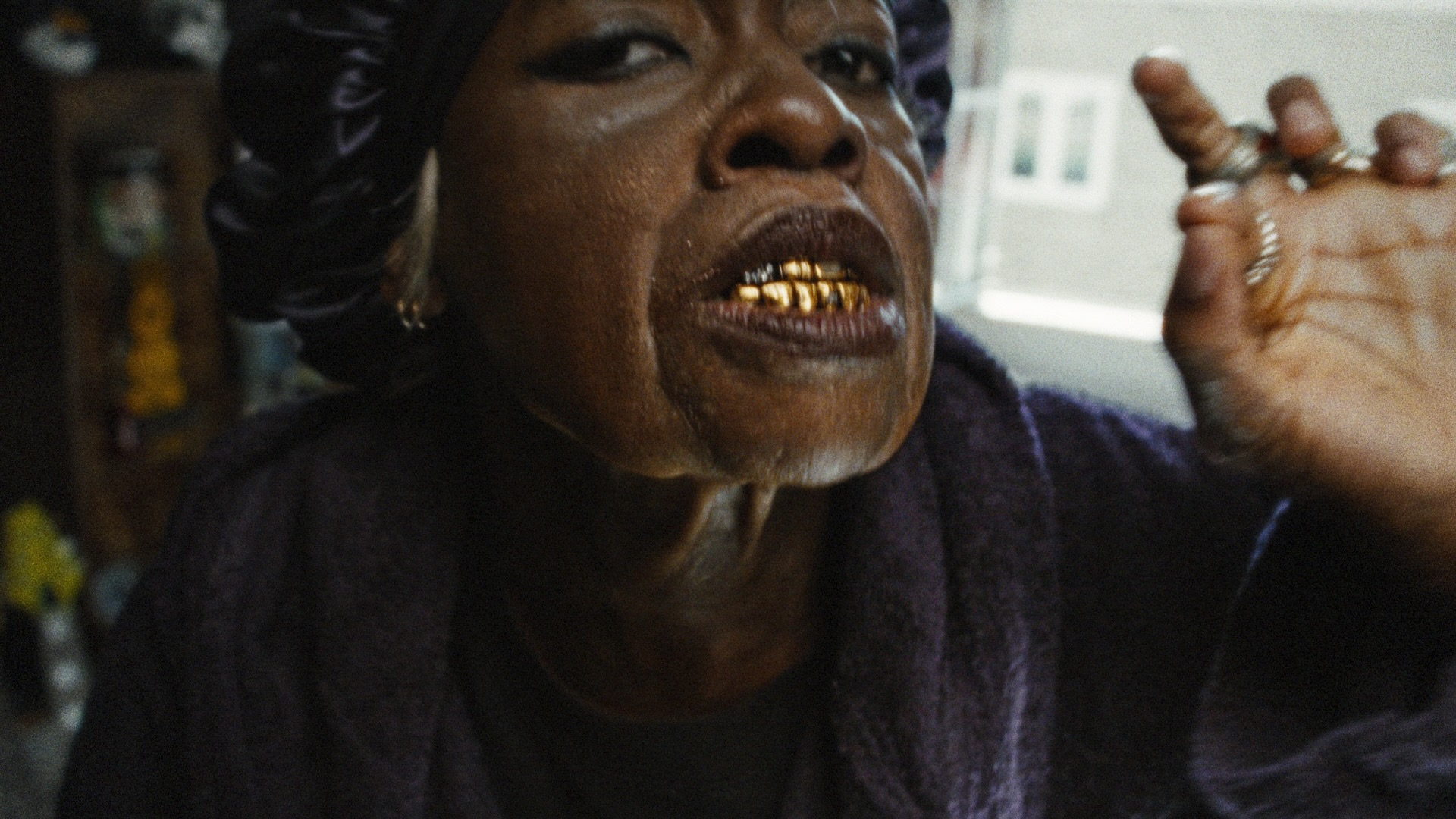Are you using gendered language in the studio? Here's how to stop
These 6 small changes could make a big difference.
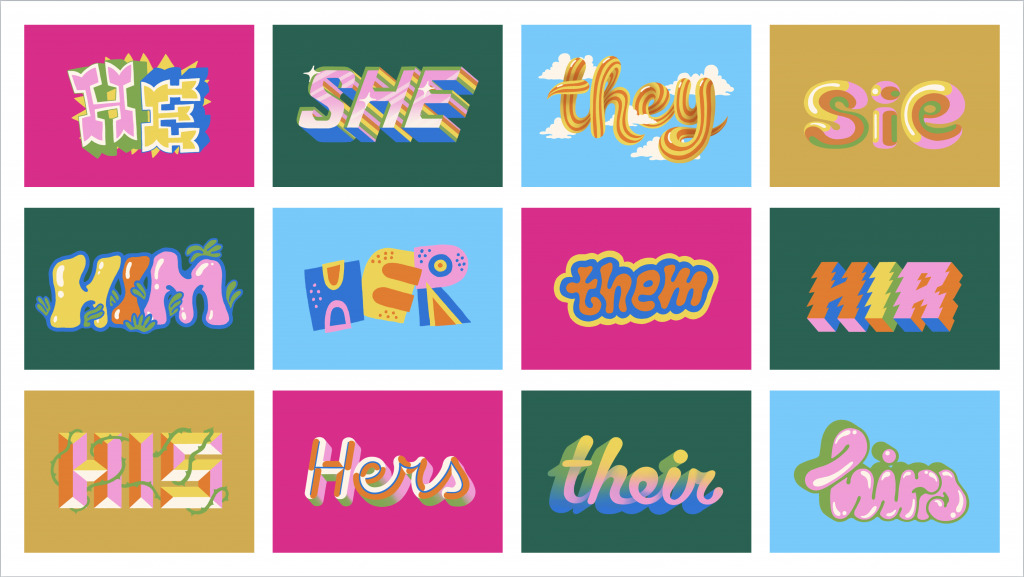
Language has been evolving since the dawn of time, with words going in and out of fashion (or even into extinction) to match the climate. We’re witnessing one of those shifts right now, only it’s conscious. We're moving to a world where gendered language has no place, as we try to create a society more inclusive for the brilliant spectrum of people in it.
Design has always been an industry that can’t afford to fall behind, and it needs to be on the cutting edge of new technology, trends and cultural phenomena to stay relevant. But this is different. The move to gender-neutral lexicon promises to create work environments that support everyone. This is a promise that feels hopeful, as we desperately try to undo the inequity that has plagued our studios for decades (see CB's post on design's gender problem).
It’s easy to think "I don’t use gendered language, this doesn’t apply to me" but the truth is, it's so habitual that it flies under the radar. The reason you might not notice it is probably because you don't identify with the group of people who find that kind of language triggering.
There is a lot of rhetoric around how we redress the balance in our industry – with wide ambitions around how we hire, promote and pay. But is it possible that we need to start by taking gender off the studio floor completely? In making those environments more inclusive, will our bigger goals begin to happen naturally, will our logo designs and projects become more inclusive, too?
It's hard to know how you can be part of that shift when you're not the one signing the cheques. But the truth is, real movements start small. It takes a few people committing to change their daily actions before it affects how the majority behaves. Make inclusive language your standard practice now and you'll be set for the future – when you have a bigger stake in making those changes.
So, what can you do today?
01. Change how you address your team
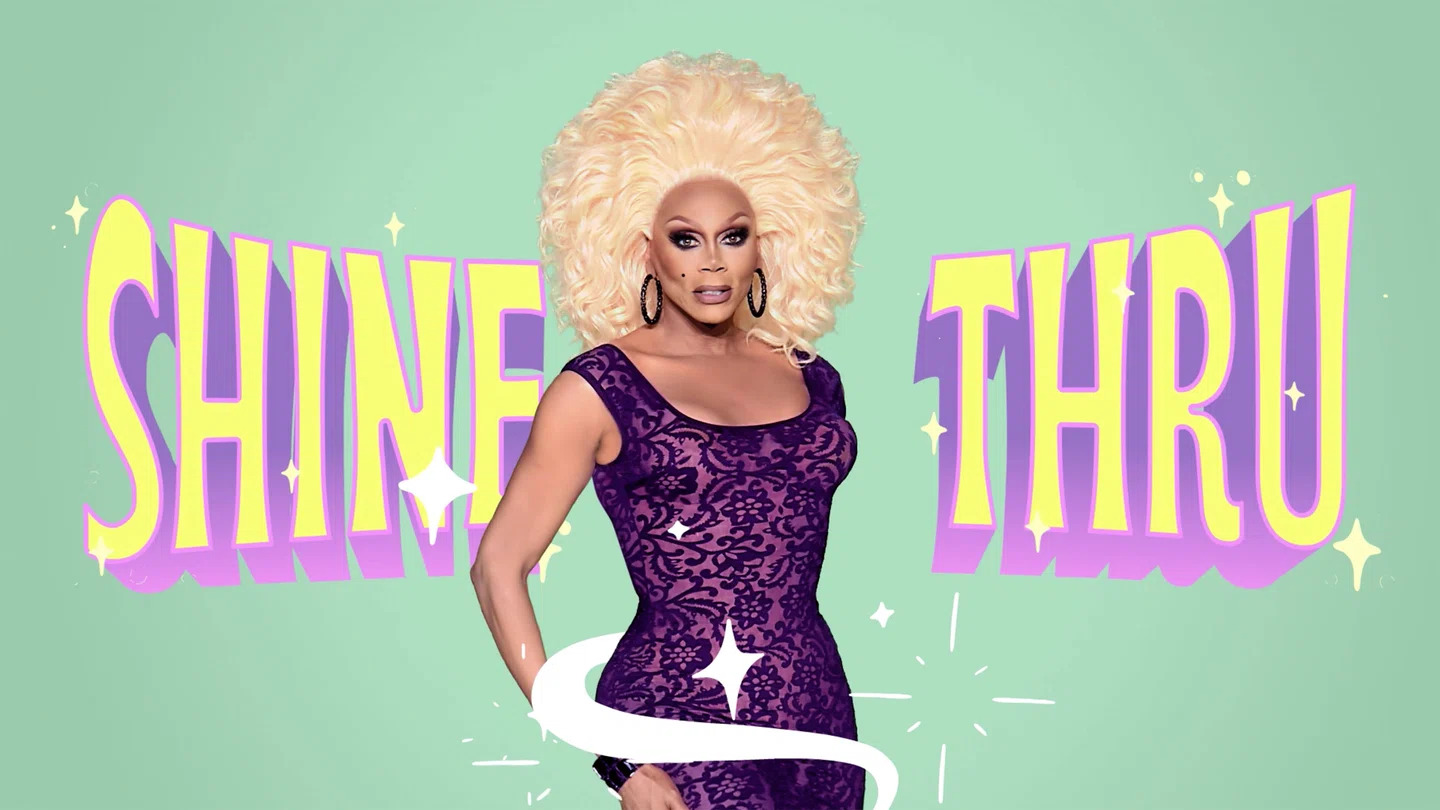
The easiest place to start – choosing one gendered word and trying to replace it in every situation. The biggest offender is "guys". Once you realise the frequency of its use, it’s shocking to admit how often we address diverse groups with a term that only talks to the men present. Ask your team how they’d like to be spoken to as a group – "Hey team" "Hey folks". By crowdsourcing those responses, it starts the conversation about terms we use in the studio.
Get the Creative Bloq Newsletter
Daily design news, reviews, how-tos and more, as picked by the editors.
It's also a brilliant way to engage awareness of the language you use. Though it's just one word, to begin with, it often snowballs to highlight other words we're using daily without a second thought to who might be uncomfortable.
02. Ask your clients how they’d like to be addressed
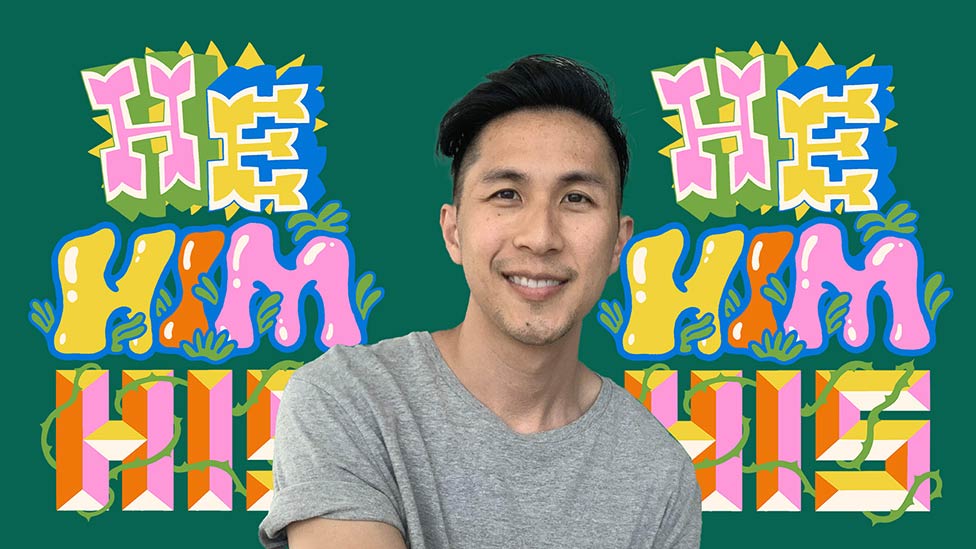
It’s becoming standard practice to ask for pronouns, just like we were asked what name we'd like to be known by on the first day of school. They're often found in people's email signatures or Linkedin bios. But it could be embedded into a studio practice even further.
What if it were hard-wired into briefs? You could collect the pronouns of the entire team (both client and design side) so it can be shared and referenced throughout the project. This establishes open communication and ensures everyone is comfortable from the get-go.
03. Use a thesaurus
In strategic thinking especially, gendered language is rife. 'Mankind' 'Chairman' 'Manpower' The list is endless. These words should be challenged when you see them. Suggest alternatives like 'Humankind' or question whether they’re necessary at all. 'Middleman' appears a lot in business descriptions, even if the company has been founded and run entirely by women. There are more compelling ways to talk about being in-between, it's our job to find them.
The same applies to how we talk about work. Turning this new critical ear to a design review can leave you cringing. Describing a typeface as 'feminine' is lazy. We're relying on all the stereotypes that come to mind from that word to describe it for us. What if we used 'romantic, graceful, timeless' instead (if that's what we even mean)? Arguably, using more evocative words will work harder to sell the creative to clients.
04. Don't assign gender where it isn't needed
Ideal customers are often labelled 'Jane' or 'Michael'. Characters drawn get assigned a 'him' or 'her'. Illustrations have details like earrings added, so you can tell it's a woman shopping. Think critically about what we're adding to any of these situations by gendering them. As we strive for our work to have the widest reach and empathise with bigger audiences than ever, these narrow-minded decisions could be narrowing our impact too.
05. Look for those already living it
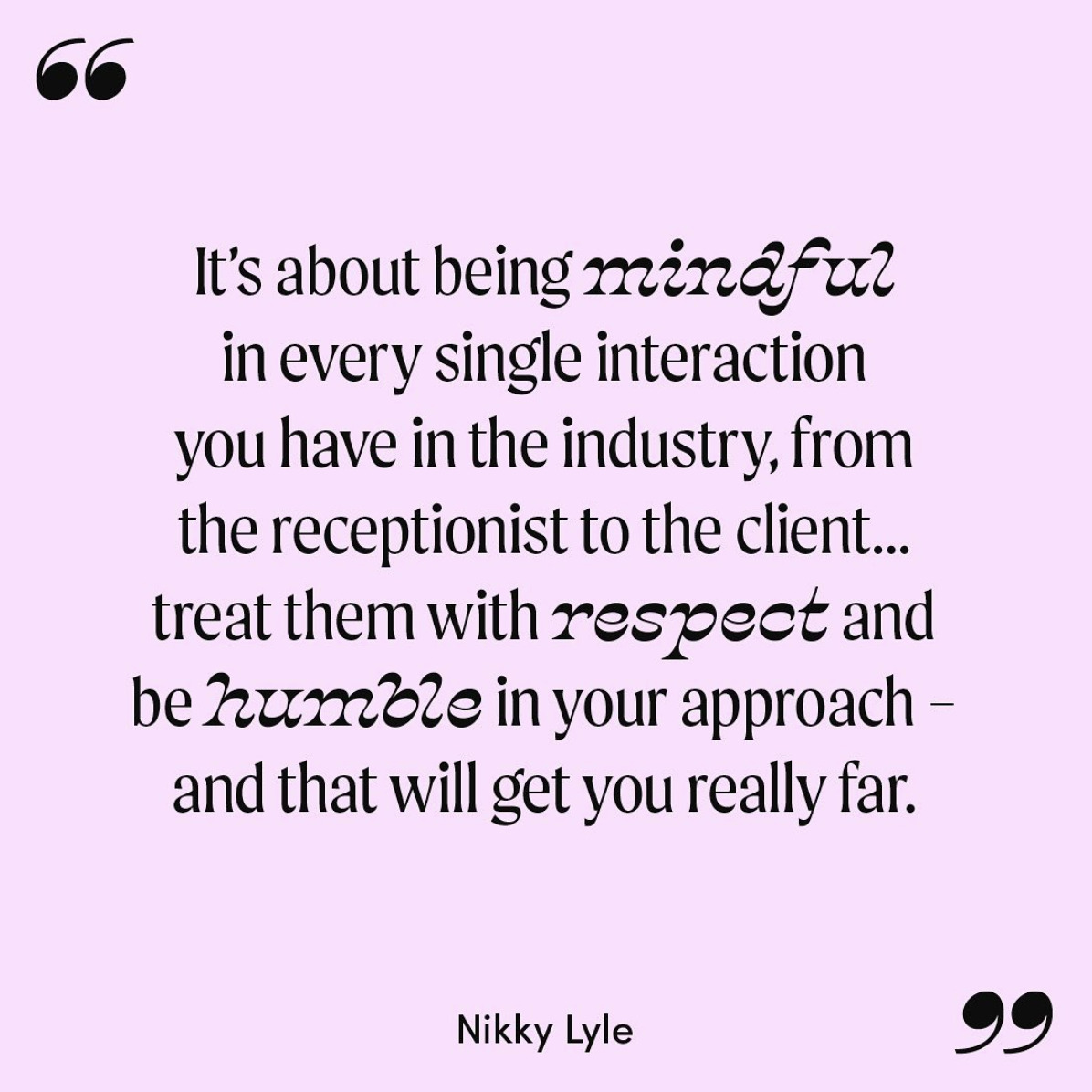
Follow the people in the industry setting brilliant examples. Studio Moross is exactly that. They have been surfacing the team's pronouns for a long time, their Diversity & Inclusion policy is transparent and thorough, and their New Parent policy has been stripped of any non-inclusive language/terminology. This should be the benchmark we're all striving for.
Nikky Lyle is a creative recruiter talking at length about why design and advertising should change how they hire – sharing on her platforms how she works with heteronormative agencies to educate and diversify the talent they recruit. A must-follow for her teachings and a positive view on the future of our industry.
06. With change comes opportunity

There are already creatives applying their problem-solving skills to this ask. A great example is the Proud Pronoun Project. A site that generates virtual meeting backgrounds with your pronouns clear to see. Tools like these are finding quick, easy to implement ways to make any meeting room (virtual or physical) more inclusive.
From the practical to the aspirational. A collaboration born from insight and passion in equal measure, Q is technology's first genderless voice (see video below). Created to end gender bias in AI assistants, "Q is an example of what we hope the future holds; a future of ideas, inclusion, positions and diverse representation in technology."
Are there really rules around gendered language?
Honestly, there aren't any hard or fast rules. The world is evolving faster than our news feeds — open dialogue and minds are more important than ever before.
You are never going to be the authority on how someone else likes to be addressed or spoken to, but we can change our language to be more inclusive. Make everyone we work with feel heard, and create better studio environments in the hope that the industry will follow.
Read more:

Thank you for reading 5 articles this month* Join now for unlimited access
Enjoy your first month for just £1 / $1 / €1
*Read 5 free articles per month without a subscription

Join now for unlimited access
Try first month for just £1 / $1 / €1
Katie Cadwell is a designer and animator at DesignStudio Sydney.
